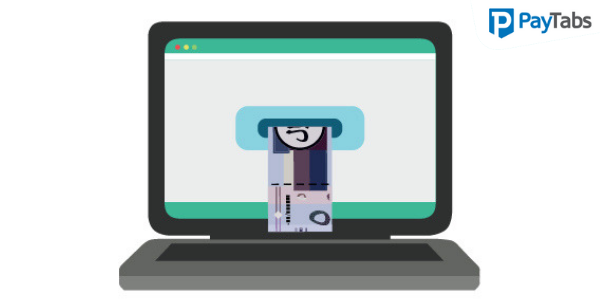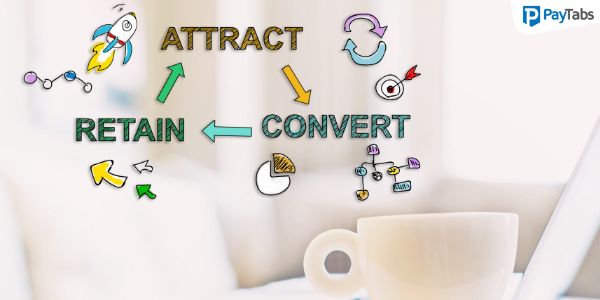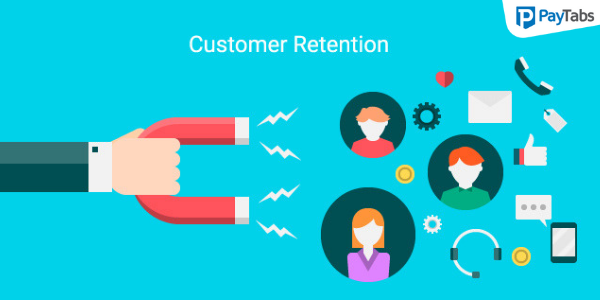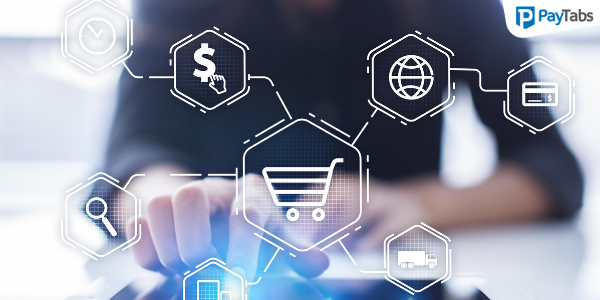Follow these 5 Simple Steps for Product Pricing
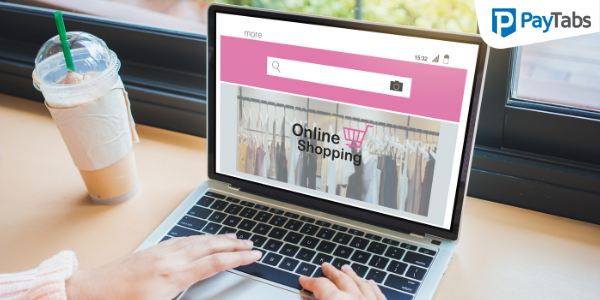
Do you know that 61 percent of online buyers say that extra high costs is the main reason for cart abandonment? This clearly indicates that if product pricing is not accurate, you may lose more than half of the sales.
The product pricing mechanism lays emphasis on the cost price, profit, taxes, product value, and other variables. This means you have to consider various factors while determining the perfect product price. To assist you, we have compiled a list of five simple steps of pricing a product. Let us guide you through these.
What’s the Pricing Objective?
One of the foremost considerations in product pricing strategy is determining the company’s objective. You have to decide what you wish to achieve and where you see the company in the near future. When you are clear about your objectives, you get clarity about the product pricing.
For example, if you are in the nascent stage and you are entering a market, you can adopt survival pricing strategy wherein you are focused on establishing your presence and covering your expenses. Profit is not your foremost consideration. There are other objectives that influence the product price:
- Maximum market share
- Maximum market skimming
- Product quality leadership
Demand-Price Relationship
While identifying the right market price of a product, it is crucial to study the demand curve. Often, there is an inverse relationship between the price and the demand. If the price is higher, the demand will be low, and vice-versa. However, this is not true in all the cases. We mentioned product quality leadership in the previous section. The demand and price both could be high if you are a leader in the segment in question.
Nevertheless, you can conduct surveys, initiate a project pilot, or perform a statistical analysis to determine the demand in the market.
Cost Estimation
Evidently, costs and target returns influence the price of the product. There are various fixed and variable costs associated with the product. To determine these costs, you can adopt activity-based costing (ABC) system to identify the exact cost based on all the activities, right from procuring raw materials to delivering the products to the retailer.
Also, if you prefer taking payments online, the customer can pay via multiple payment modes like credit or debit card, net banking, digital wallets, and so on. You can install a payment gateway to process these payments. The important thing to note is that the customer might incur payment processing charges, and you don’t have to include these while pricing your products.
Finalize a Pricing Method
The company’s objective influences the product price and the pricing method decides the pricing structure. And up to a certain extent, the pricing method is also dependent on the company’s objectives. Let us look at the pricing methods:
- Markup pricing – The product price is determined after adding a profit percentage on the cost price.
- Value-based pricing – The product price is influenced according to its value for the customers.
- Target return pricing – The pricing is influenced by the target ROI.
- Going rate pricing – You price the product as per the standard pricing of similar products.
Peek into Competitors’ Pricing Policy
Competition is almost everywhere. In some cases, you may face little or no competition. Here you can set the price as per your discretion after analyzing demand and customers’ willingness to pay. But if you operate in a niche having stiff competition, you must scrutinize your competitors’ objectives and pricing policy. This will allow you to customize your market offering in a way to gain an edge over your competitors.
The Bottom Line
With the right product price, you can grab a larger portion of the market share. But in addition to the price, you must create value for the customers, adopt innovative marketing strategies, and keep an eye on the market trends to remain a step ahead of your competitors.
